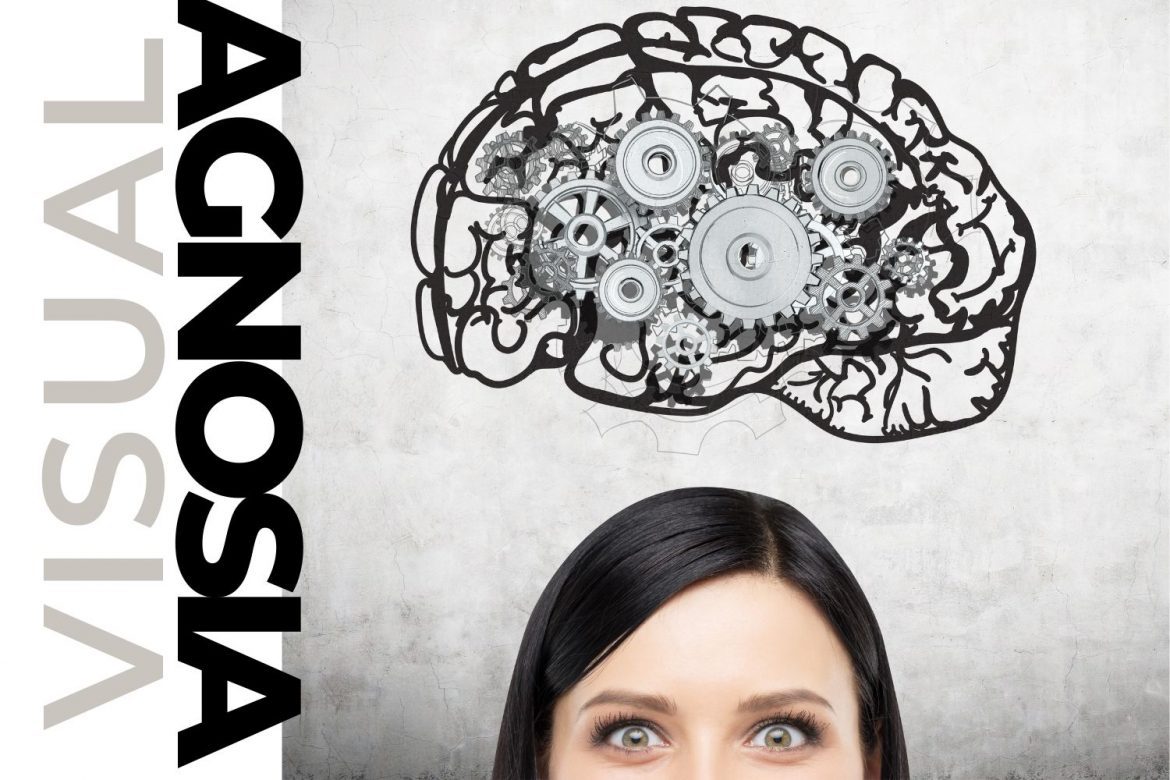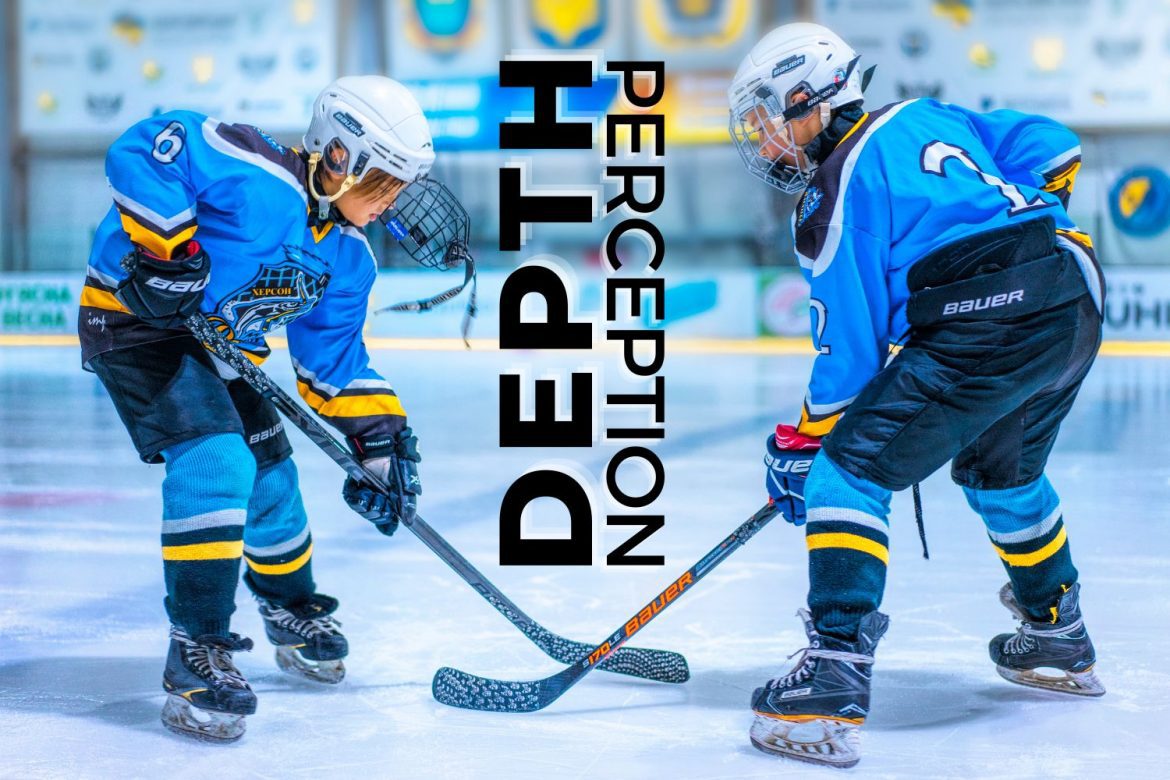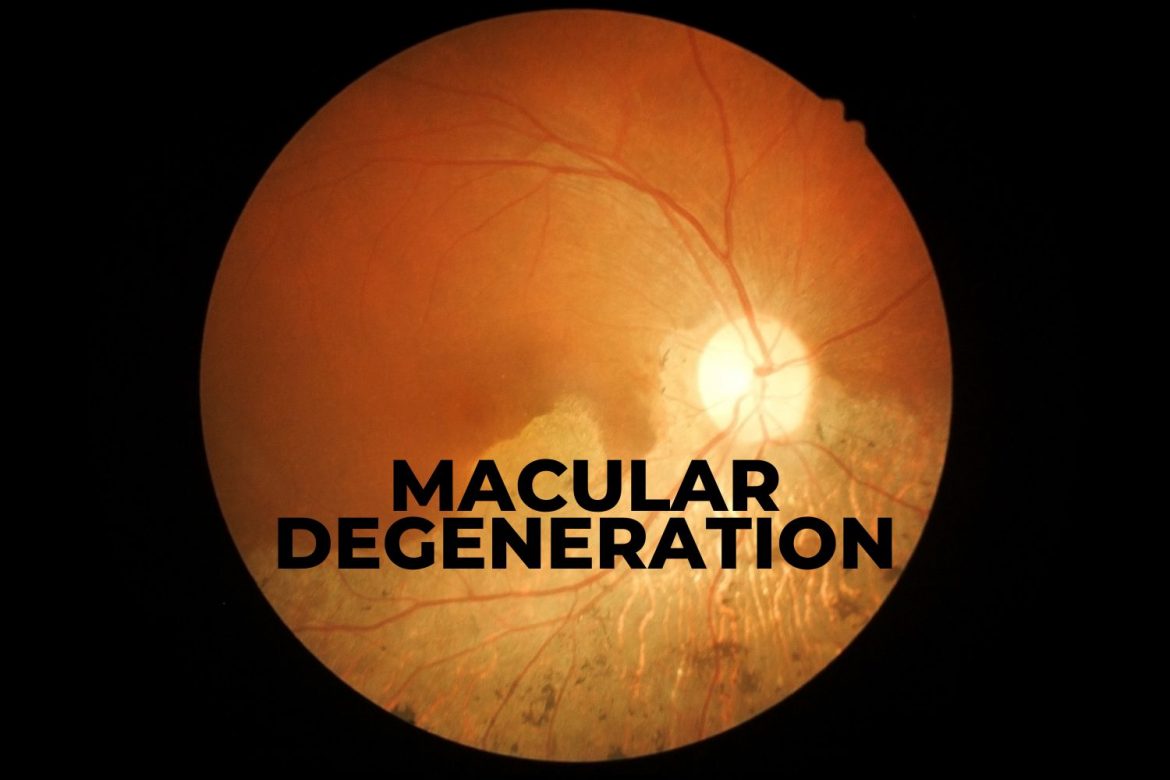![]()
Imagine smelling a rose and not being able to place the smell. Imagine eating mom’s chocolate chip cookies, but finding out you don’t recognize the taste.
While it’s likely you know someone who temporarily lost his or her sense of smell or taste as a result of Covid, it seems almost impossible for someone to no longer be able to look at a common object, word, or even face, and be unable to tell what or who it is. However, that’s exactly what happens when someone is afflicted by a rare condition known as visual agnosia.
Defining visual agnosia
According to the United Brain Association, agnosia is a communication disorder that disrupts and impairs the brain’s ability to process sensory cues, most commonly visual and auditory cues.
Visual agnosia specifically disrupts your brain’s ability to process and understand what you are seeing with your eyes. In other words, your eyes are working correctly and as they normally would, but your brain is not.
As the medical community learns more about visual agnosia, they have come to understand there are actually several different types of the condition, including types that specifically affect your ability to recognize common objects (akinetopsia), words (alexia), colors (achromatopsia), and even familiar faces (prosopagnosia).










